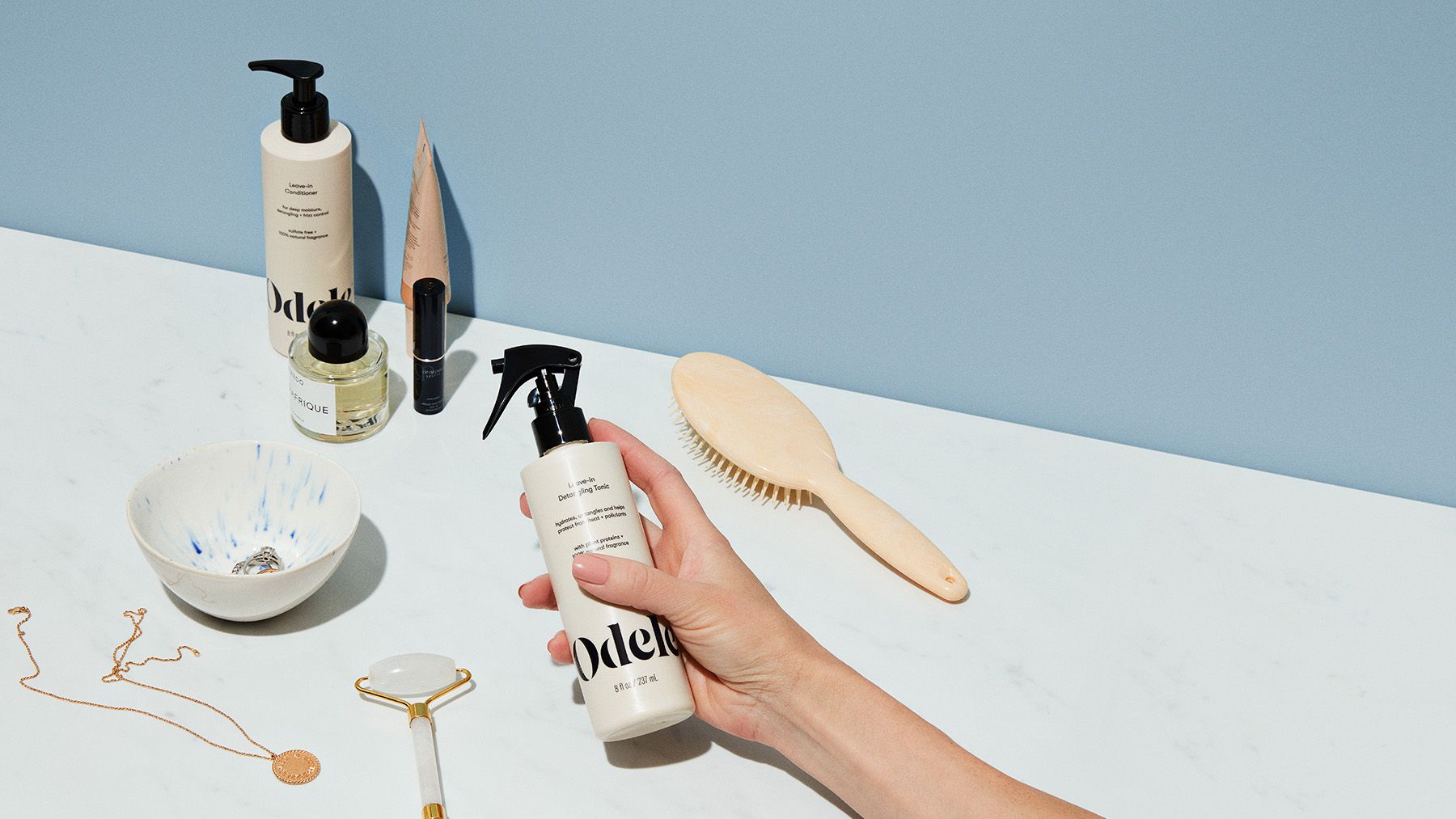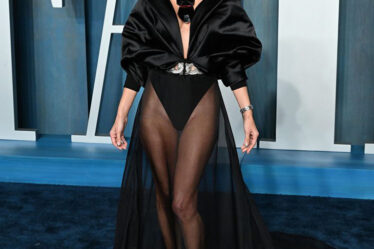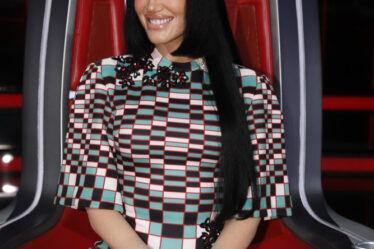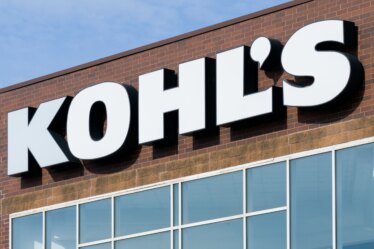
Beauty’s class of 2019 is getting ready to graduate.
A slew of brands debuted that year, promising the trappings of prestige beauty at a lower price point.
Their timing was perfect: in the late 2010s, big box retailers and drug stores were looking for new brands to stock in newly upgraded beauty aisles. During the pandemic, TikTok was flooded with content about #dupes — cheap products that mimic the feel of more expensive options.
Lines like Versed, Naturium and Starface (all founded in 2019) and Bubble and Odele (2020) went from virtually unknown to stocked in hundreds or even thousands of Target, Walmart, CVS and Walgreens locations.
Not every brand launched around that time proved a good fit. But the ones that found a market are now hot targets for private equity firms and strategics. Already there’s been a handful of deals that fit squarely within the newly upgraded mass space: Procter & Gamble’s purchase of Mielle Organics earlier this year, Estee Lauder Companies’ purchase of Deciem in 2021 and Church & Dwight’s acquisition of Hero Cosmetics in 2022.
So far, the biggest deals this year have involved luxury brands, including Aesop and Creed. But investors say buyers are turning their attention to competitors that have the premium feel, without the premium price point. They see growth potential in these brands, especially as Gen-Z consumers squeezed by inflation prioritise affordability and value.
“There is a clear premiumisation of mass beauty in play,” said Ariel Ohana, managing partner of investment bank Ohana & Co. “There is a new generation of entrepreneurs who are no longer dreaming of being at Sephora but rather to disrupt the status quo.”
Hype and Scale
A quick scan of social media reveals mass brands like CeraVe and E.l.f. hold just as much mindshare as talked about luxury lines such as Dior Beauty and Charlotte Tilbury. These affordable and accessible brands have hooked next-gen shoppers with similar beauty products at better prices and fact-based messaging that tell consumers that they don’t need to trade up to get a look. The hashtag #dupe has over 4.6 billion views on the platform.
“What TikTok has done in a more extreme way than Instagram or YouTube is that it shows the product quality [of a mass item] to its prestige equivalent in an easy, consumable way,” said Matt Farron, deal partner and head of the consumer group, at private equity firm Gryphon Investors, which owns mass brands RoC and Milani. “The younger consumer is saying, “This works just as good, and I didn’t know.’”
These new brands have their pick of retail partners angling to turn that hype into sales. The scale dwarfs even Sephora or Ulta Beauty: Walmart has over 5,200 stores, CVS has 9,500-plus doors.
In the past, launching at these retailers was seen as risky: brands could be stocked on poorly lit, messy shelves alongside generic, budget products. That changed when Target, Walmart and CVS started dedicating more space to niche beauty brands coupled with splashy, directional in-store signage.
Today, the right launches and marketing at mass can have the same effect for brands as a higher-end retailer. DTC brand Bubble, aimed toward Gen-Z, had its pick of retailers when launching in 2020 but chose Walmart for its ease of access to young shoppers around the US. Bubble became a lynchpin of Walmart’s updated beauty assortment, signalling that the retailer was a go-to for beauty (the company also partnered with SpaceNK in 2022). Last year, Bubble moved into CVS in July followed by Ulta Beauty in November.
Explosive Growth
When beauty lines connect with shoppers in big box stores, brands can see wins quickly.
Lindsay Holden, Britta Chatterjee and Shannon Kearney launched their hair care line Odele in 2020 with a goal of filling a prestige void in an everyday retail environment (they had firsthand experience: Holden and Chatterjee were former Target executives). The brand’s shampoos and conditioners launched at Target with minimal pale blue and green packaging and a price point of $11.99.
Odele expanded to CVS and Ulta Beauty in February. In the latter, Holden said that the brand has consistently beat sales expectations, with Odele’s treatments and stylers, like its dry shampoo and clarifying shampoo, overperforming. Odele expects to hit $30 million in retail sales by the end of 2023.
The lines between mass and prestige retail are increasingly blurred. Prestige brands like Estée Lauder Companies’ Aveda can be found in drug stores and supermarkets. And Sephora has bet on price-conscious brands across all categories, including fragrance and makeup, recently. Clean colour cosmetics brand Tower 28′s $20 mascara ranks third in its category at Sephora, said Amy Liu, the brand’s founder and chief executive. The brand says it uses the same labs and formulations as pricier competitors like Charlotte Tilbury and Ilia, but saves on big, overdone packaging.
“In this time of economic downturn, there has been inflation in so many ways, people are much more sensitive about how they are spending their money,” Liu said.
Desirable Assets
Brands like Naturium, which debuted on Amazon in 2019, and Versed, which launched at Target the same year, were among the first to adopt cool community branding, storytelling and hero ingredients to lure customers at mass.
Versed chief executive officer Kerry Sullivan, who joined the brand in March, said, “This idea of mixing high/low plays well in beauty. High-performance brands in the masstige space are more resilient since they offer consumers a higher-end experience at an accessible price point.”
Both Versed and Naturium are expected to trade by 2024, according to market sources.
While significantly older, makeup line Milani, which is the only independent brand in Nielsen’s top 10 mass colour brands, is another sought-after asset. According to Nielsen, Milani sales grew 27 percent for the 52-week period ending May 20, whereas the total mass makeup category grew at about half that rate at 13 percent. Much like E.l.f. and Nyx, it has taken share away from old-guard makeup brands like Covergirl and Revlon. Despite acquisition interest from buyers, Milani CEO Mary van Praag and Gryphon Investors, which purchased a majority stake in the brand in 2018, said the line was not entertaining a sale process.
In the past, strategics like Coty, L’Oreal and Unilever have been over-penetrated in mass brands, hence the swing to cult Sephora lines like Youth to the People or Tatcha over the past five years. But as mass brands upgrade and economic pressures hold, Farron said the M&A cycle will naturally go in the other direction.
“There’s great assets in both prestige and mass, but the customer has been waiting for the next great generation of value brands; retailers and strategies want that too,” he said.



